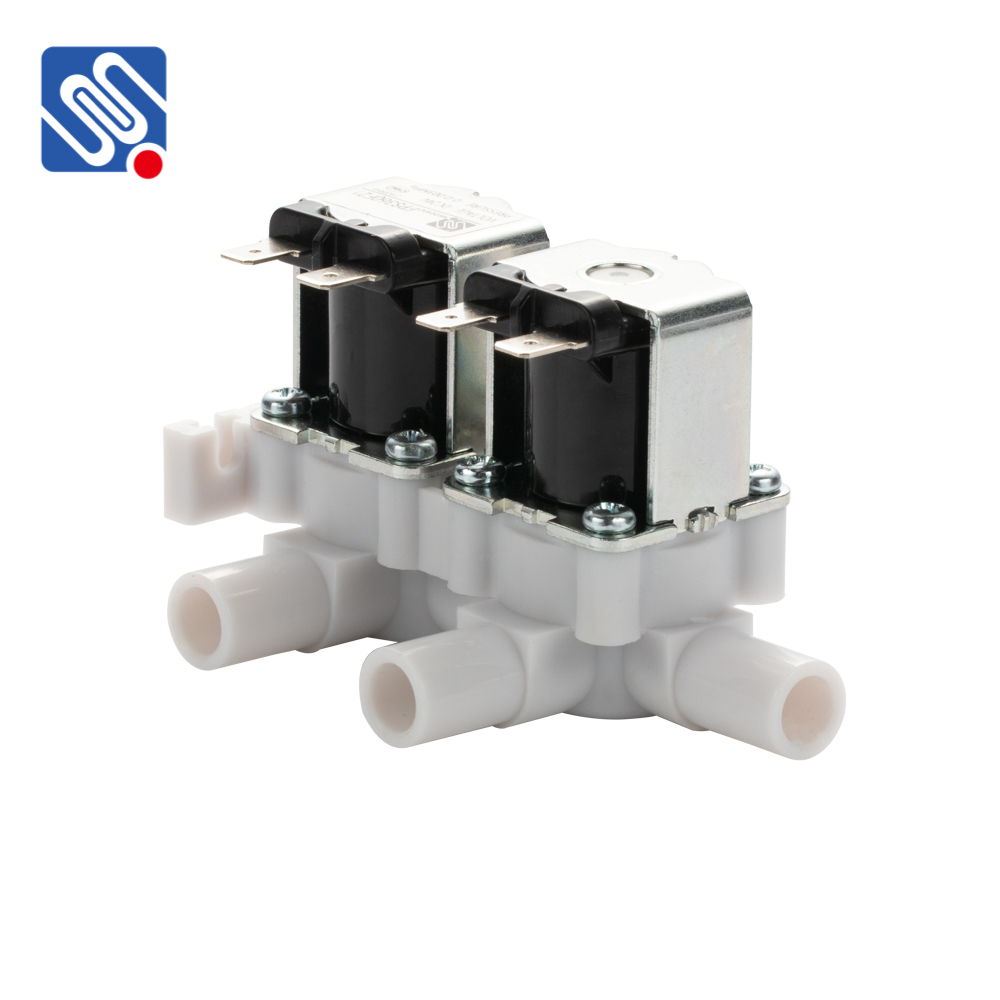Cold Water Solenoid Valves are crucial components in various water-related systems, from household appliances to industrial applications. These valves serve as the control mechanism for regulating the flow of cold water by utilizing electromagnetic forces. They offer precision, reliability, and energy efficiency, making them a preferred choice for both domestic and commercial use. This article explores the fundamental principles, key features, and widespread applications of Cold Water Solenoid Valves.

Working Principle of Cold Water Solenoid Valve A Cold Water Solenoid Valve operates using an electromagnetic coil to control the opening and closing of the valve. The core principle behind the functioning of this valve is the electromagnetic force. The valve consists of an electrical coil, a plunger, and a valve body. When an electric current passes through the coil, it generates a magnetic field that pulls the plunger, allowing water to either flow through or be blocked, depending on whether the valve is in an open or closed position. The valve can either be Normally Closed (NC) or Normally Open (NO). In a Normally Closed valve, the valve remains closed when de-energized, allowing water to flow only when the solenoid coil is energized. Conversely, in a Normally Open valve, the water flows unless the solenoid coil is energized, which closes the valve.